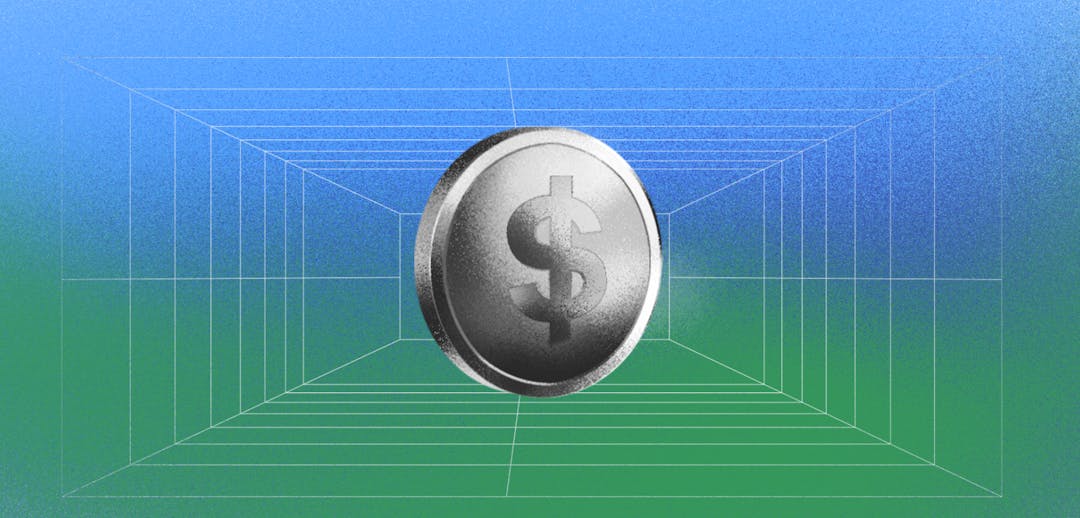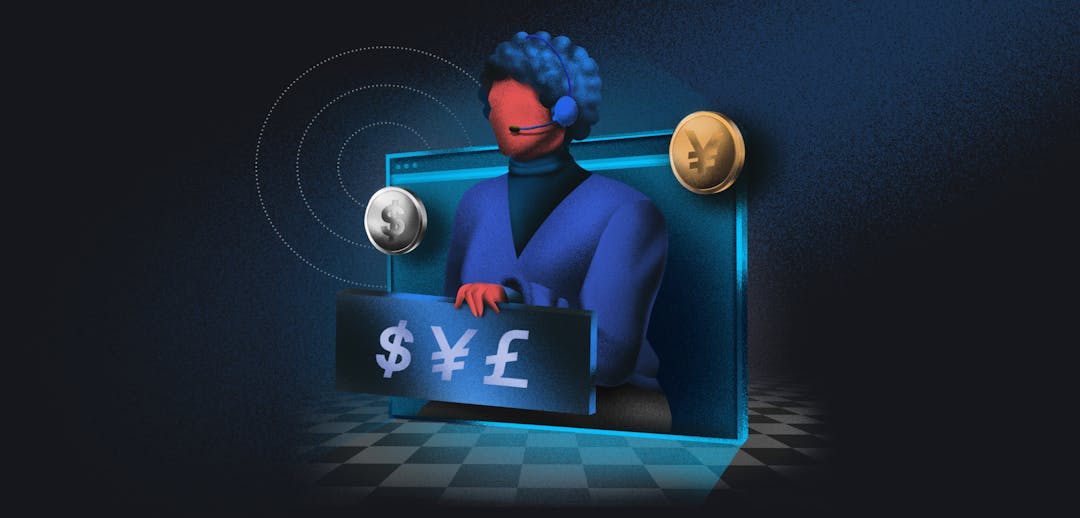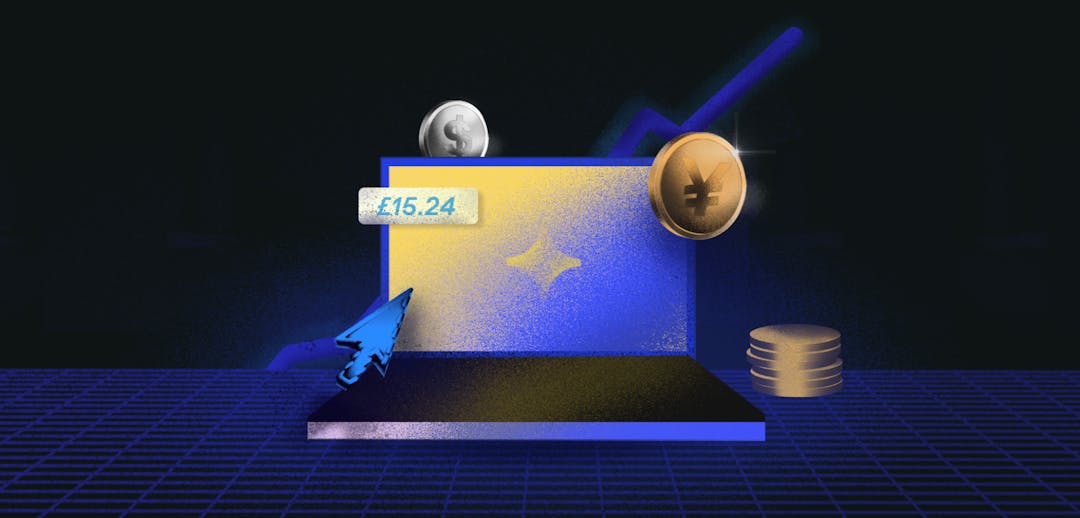Insights into volume discount pricing, its advantages and disadvantages, and real-life examples of its application.
Businesses leverage volume discounts as part of their sales and inventory management because product pricing is usually a matter of concern for any buyer. Some companies experience tremendous growth, which means increased product output. Granted, they provide discounts on volume purchases to take advantage of the economies of scale. But is using a volume discount strategy worthwhile for your business? Let's explore.
What is volume discount pricing?
Volume discount pricing means providing discounted prices for bulk purchases. It's a pricing model that product manufacturers and service providers use to encourage individuals or businesses to purchase multiple units or large quantities of a single product.
It's a win-win strategy for the seller and the buyer. The seller can reduce their inventory, while the buyer takes the opportunity of quantity discounts to optimize their cost
How does volume discounting work?
Volume pricing strategy relies on the fact that everyone loves a discount. With a volume discount, you create the perfect incentive to encourage customers (individual or business) to buy goods in bulk or in larger quantities. By rewarding those that buy more with a reduced price per unit of your product or service, you're more likely to profit from a higher sale.
If customers see greater value in bulk purchases or buying large quantities, it can be hard to resist.
3 ways to perform volume discount pricing
There are different ways to introduce volume discount pricing into your software business, which means a higher possibility of it working for you.
Here are three different examples of volume discount pricing formulas:
1) Threshold discounts
The main gist of threshold pricing is that a certain discount is applied to unit numbers that fall within a particular pricing tier. This discount is then applied to all units. The discount becomes greater as the number of units sold increases, meaning the original price per unit goes down.
Example:
0-49 units = Full price
50-99 units = 10% discount
100-149 units = 15% discount
150-199 units = 25% discount
200+ units = 35% discount
As you can see, customers purchasing 1-49 items would receive no discount as they would be claiming the products at their original price. Whereas, if a customer was to buy 250 units, they would benefit from a 35% savings off the total cost of units.
2) Tiered volume discounts
In tiered pricing, the costs per unit of an on-sale product lie within a particular range. Once a buyer satisfies the first tier, they can then move on to the next. Depending on whether the prices go higher or lower as you advance the price ranks, companies may limit or include additional product features. It's a pricing model used by many subscription-based services.
For example, if a customer was to buy 15 units of your product, which crossed tier 1-3, the units in tier 1 would have a different price reduction than those in tier 3.
Tiered volume discount example
Unit 1: $200
Units 2-4: $170 per unit
Units 5-9: $160 per unit
Units 10-19: $140 per unit
Units 20+: $120 per unit
Here, you’ll see that if a customer opts for 8 units, they pay full price for unit 1, a slight discount of $170 for units 2, 3, and 4, and a further discount for units 5 to 8. This totals at $1190, whereas if all units were charged at the original price, it would be $1600 — giving the customer a $410 discount.
For more on tiered pricing and how it differs from volume pricing, check this out.
3) Package pricing model
Package pricing is a pricing model that includes everything that a customer might need for the product or service you’re selling, including the equipment and installation process, for example.
The pricing strategy behind package discounting is similar to that of tiered pricing, but with some important differences. The company specifies a discount for an exact number of units, with the discount getting bigger as the unit numbers go up. The discount is applied equally across the units in each section, with a larger discount applied if the customer is happy to commit to the next ‘level’ up.
Here’s an example:
1 unit = $100 ($100 per unit)
5 units = $400 ($80 per unit)
10 units = $700 ($70 per unit)
20 units = $1000 ($50 per unit)
With this pricing strategy, if a customer wanted to purchase an unstated amount — 7 units, for example — they would have to choose between going up to 10 units or purchasing a combination of package deals. Here, the best option would be buying a package of 5 units for $400 and a single package of two units at $100 each, with the total package price coming to $600.
The advantages of using volume discount pricing for SaaS businesses
Volume discount pricing has a number of advantages for businesses, but it is particularly beneficial to B2B SaaS businesses. Have your ears just pricked up? Thought so.
Here are the reasons why volume discounting strategy works so well for B2B software businesses:
1) It encourages customers to buy more
As we’ve already mentioned, it’s hard to resist a good discount. By rewarding your customers with greater discounts for buying greater amounts, you're creating the incentive for them to purchase more.
The volume pricing method works particularly well if you're looking to shift materials quickly. And it works even better when there are minimal costs involved to allow more customers to access your product — with no need to make or distribute more for new users, for example. (That one’s for you, SaaS 👏).
2) It ups your competitive value
Offering your product or service at a reduced rate can put you ahead of the competition.
If you’re offering a similar service or product to competitors, what’s going to turn heads in your direction? The same value and positive impact, but at a cheaper or more reasonable price. And who doesn’t love a bargain?
Volume discount pricing motivates your customers to increase their demand and buy more because they see greater value in your product. Plus, growing businesses are more likely to return to you if for example, they need more licenses — an easy upsell for you.
That’s why your pricing strategy is so important. It helps you stand out in a crowded marketplace.
Get your pricing wrong, and they may view your product as cheap, low-quality, or totally overpriced — three opinions that will quickly lead your target audience into the hands of your better-priced competitors.
Get it right, and the demand for your product will soar.
Check out our handy pricing guide!
3) It appeals to a wide audience
It’s not only the pricing strategy that can boost your sales, it’s the promotion too. By creating different price points or segments in your pricing plan, you're appealing to small businesses who may need just five licenses at a reasonable price, and to larger businesses who need 5,000. A volume discount solution prevents the final price of the package from becoming obscenely prohibitive for larger organizations.
Plus, volume discounting grants reduced rates of products that can appeal to (and incentivize) businesses, both big and small, to opt for larger quantities.
Whether they have future scaling in mind or they just can’t deny a good deal and see the value of buying more, you’re making the decision to buy more a whole lot more tempting — and a whole lot easier too.
There’s a whole psychology behind it, but we'll talk about that in a bit.
The disadvantages of volume discount pricing
That leads us to our next point: the disadvantages of volume discounting. The disadvantages revolve around the value and profit gained from your product and its pricing plan.
As we’ve already mentioned, it’s something that is easy to get right. But getting it wrong could result in the following three issues:
1) Customers devaluing your product
The psychological side of discounts is all well and good. However, if the pricing plan isn’t well thought out, your customers can quickly cross the line from questioning how the product or deal is so cheap, over into the deadly zone of questioning why it’s so cheap. When the value of your product is being scrutinized, you could be in trouble.
2) Lowered price value
By lowering the price of your product, you are setting a new standard for your product pricing. If you’re looking into volume discounting as a growth method for your business, make sure you take this into account because a steep price increase is no customer’s favorite thing.
3) Profit loss
Of course, by offering your product at discounted rates — whichever volume pricing formula you’re opting for — you're missing out on profit. Do the math to make sure that you’re getting in the extra sales to make up for the price reductions you’re offering up.
Volume pricing FAQS
What is the volume pricing formula?
To calculate volume pricing, businesses use what is called “quantity brackets“. To get a price with a volume discount, take the price of the bracket and multiply it by the number of units. Here’s an example:
- 1 egg - $4
- 2-5 eggs - $3
- 6+ eggs - $2
What is the purpose of volume discount pricing?
Volume pricing aims to incentivize customers to purchase products and services in larger quantities. By taking advantage of a quantity discount, customers save money on bulk purchases, while businesses maintain or increase sales and profit margin.
What is the difference between a volume discount and a quantity discount?
Volume discount refers to offering discounted prices to motivate customers to purchase larger quantities of products or services. On the other hand, a quantity discount does not necessarily result in the purchase of a larger volume of products or services. Take, for example, 'Buy One Get One Free': it is considered a quantity discount, though it does not necessarily result in large quantity sales.
Do bulk discounts help customers?
Volume discounts benefit buyers because they get an opportunity to restock their inventory at a significantly cheaper cost. In turn, it empowers them to offer their consumers lower prices on the products without incurring losses.
Should I offer volume discounts?
It depends on your product or service. Volume discounting is an excellent means of driving sales, appealing to new markets, and increasing your competitiveness in the market. However, it requires strategy. It would be best to provide time-sensitive, infrequent offers to guarantee profitability and growth in the long term.
What is the difference between volume and bulk discounts?
Volume discounts and bulk discounts are often used interchangeably because they mean the same thing. It's a discount on a product purchase based on a specific minimum quantity or volume of products/services.





